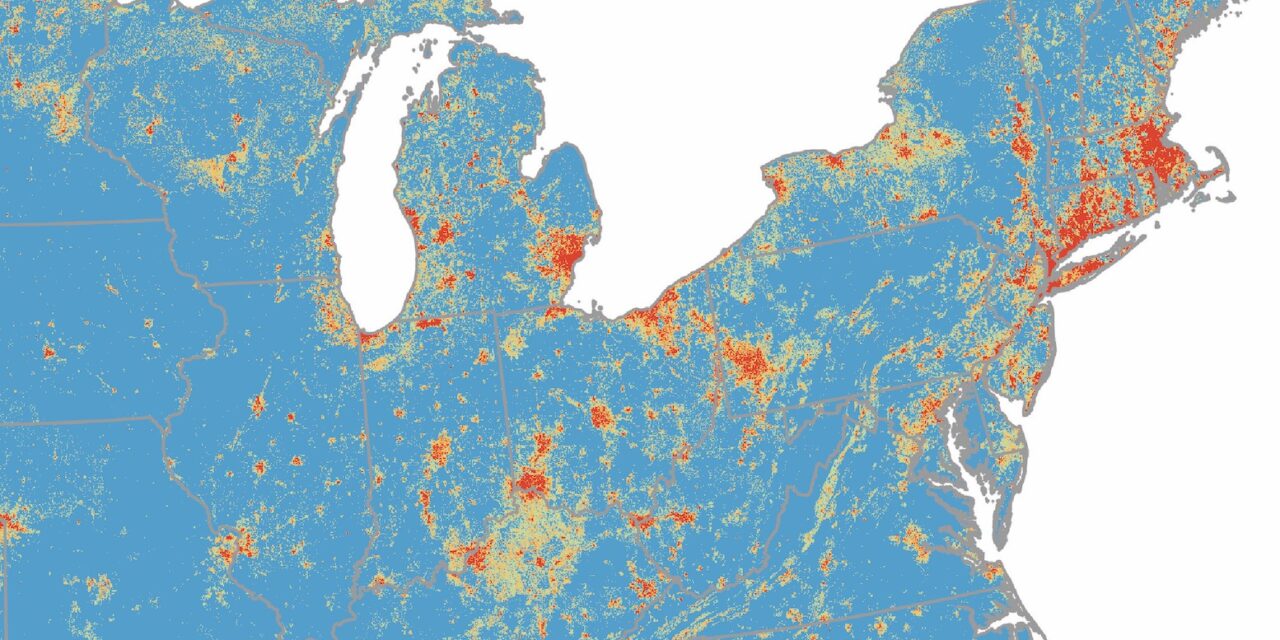Per- and polyfluoroalkyl substances (PFAS) are synthetic chemicals that have been widely used in industry and consumer products since the 1940s due to their ability to repel water, oil, and stains. According to a recent U.S. Geological Survey study, these persistent “forever chemicals” may contaminate groundwater used for drinking water, potentially impacting up to 95 million Americans and raising concerns about potential health risks associated with long-term exposure .
PFAS Characteristics and Uses
These man-made chemicals possess unique properties that make them resistant to heat, oil, stains, grease, and water. PFAS have been used in a variety of industries and consumer products, including nonstick cookware, water-repellent clothing, stain-resistant fabrics, firefighting foams, and food packaging. Their strong carbon-fluorine bonds contribute to their persistence and resistance to degradation, leading to accumulation in soil, water, air, and even in the blood of humans and animals worldwide .
Health Effects and Exposure
Scientific studies have linked certain PFAS to potential adverse health effects, including increased cholesterol levels, liver enzyme changes, decreased vaccine response in children, and increased risk of high blood pressure in pregnant women. Research also suggests possible links to increased risks of kidney and testicular cancer. Exposure occurs primarily through consuming contaminated water or food, using PFAS-containing products, or inhaling dust with PFAS. A CDC study found that PFAS were present in the blood of 97% of Americans tested, highlighting the widespread exposure. Health experts and regulatory agencies emphasize the need for more research to fully understand long-term health impacts .
Industrial Applications of PFAS
PFAS are used in many industries, leveraging their unique chemical properties. In metal plating and finishing, they serve as mist suppressants and wetting agents. The semiconductor industry utilizes PFAS in photolithography and corrosive material handling. PFAS also play a significant role in chemical manufacturing, aiding in fluoropolymer production, and in the textile industry, where they create water-repellent and stain-resistant finishes. Additionally, they are used in firefighting foams, hydraulic fluids for aerospace applications, and as additives in paints and coatings .
USGS Groundwater Study

A U.S. Geological Survey study estimated that 71 to 95 million people in the Lower 48 states may rely on groundwater containing detectable PFAS concentrations for their drinking water. The map above shows a map overlay on the USGS data. Considerable concentrations are likely in York, & Red Lion. This first nationwide assessment, published on October 24, 2024, includes an interactive map allowing users to view probability estimates of PFAS in their area. The findings underscore the widespread contamination of PFAS, affecting more than 20% of the U.S. population, and highlight the urgent need for further research and remediation efforts .










